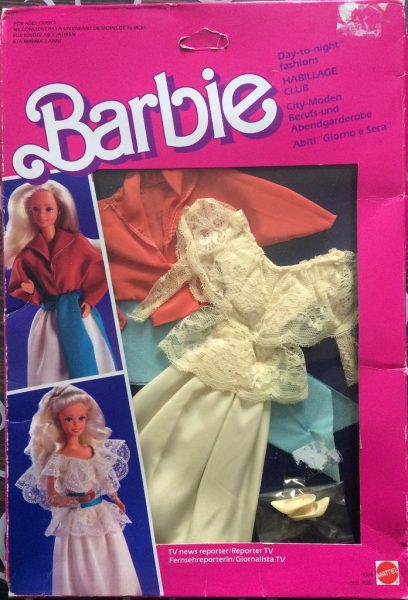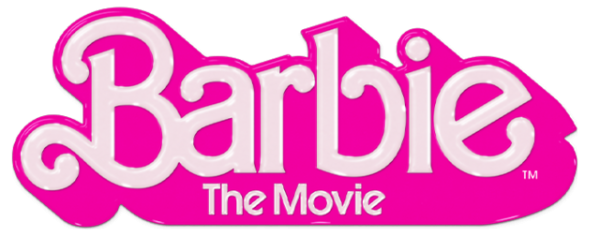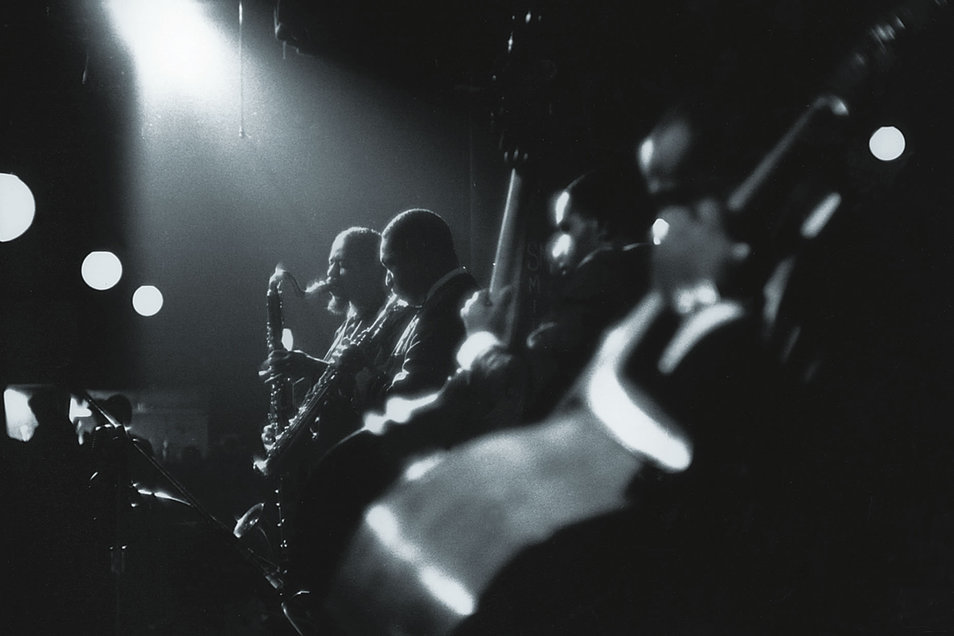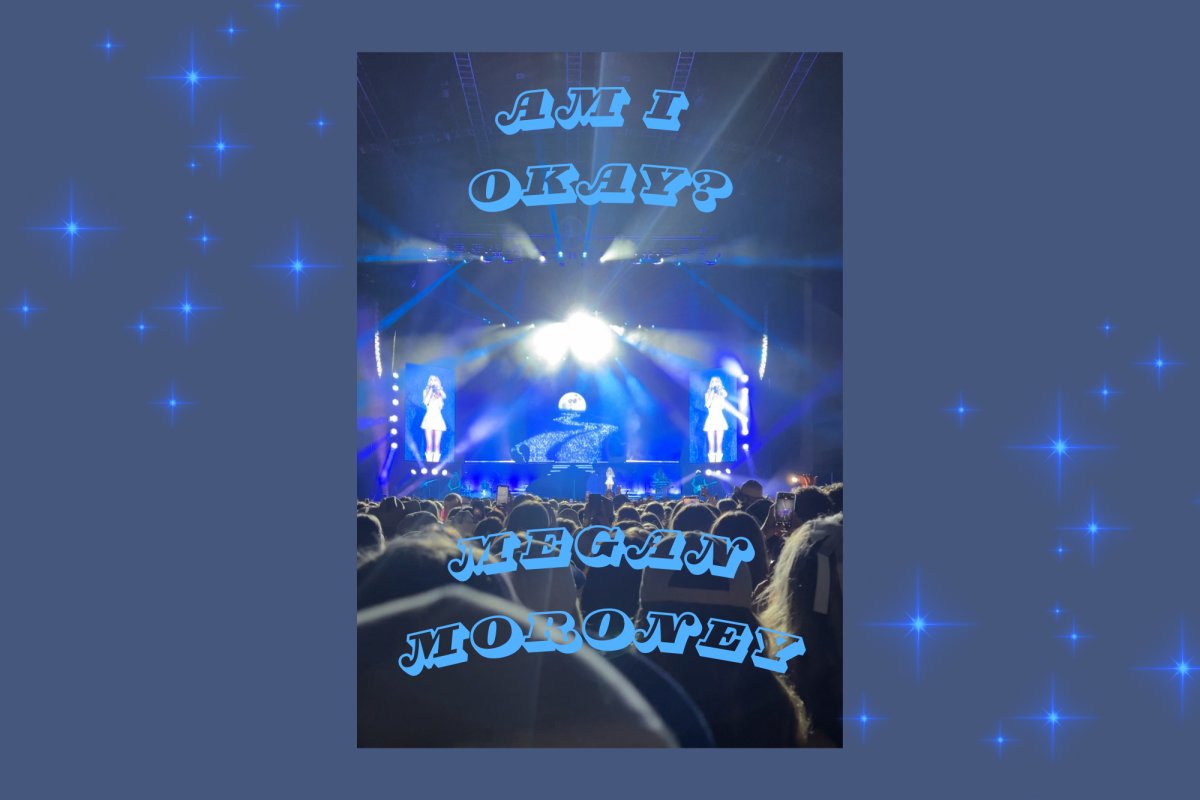Dolls have existed long before the creation of Barbie. From 14th century French fashion dolls to 19th century German baby dolls, they’ve always been a popular toy for young children.
Barbie entered the scene in 1959, her official birthday being March 9th, the day she was unveiled to the toy industry during the New York Toy Fair. She was created by Ruth Handler and named after Handler’s daughter, Barbara. The characteristic that set Barbie apart from other dolls was that Barbie was the first adult looking doll to become popular in North America. At the time, the most popular toy for young girls were baby dolls.

Ruth Handler came up with the idea for Barbie after she had watched her daughter, Barbara, favor playing dress-up with paper dolls rather than the traditional baby dolls. She believed that playing with dolls modeled on grown-up women would help young girls imagine what they might be when they grew up
Dr. Amber Nicole Pfannenstiel wrote in an article by Millersville News that, “The idea of Barbie is to teach young girls that they can do and be anything. While other dolls on the market were primarily baby dolls, Barbie was designed to let girls imagine themselves as something besides a mother.”
Barbie’s look was inspired by a doll named Lilli, based on a German comic strip character. Lilli was first marketed as a suggestive gag gift to adult men in tobacco shops. The Lilli doll later became popular with children so manufacturers changed the way they marketed her. Mattel then bought the rights to Lilli and made her into their own version, that version being Barbie.
Over the years of Barbie being on the market, she has seen much controversy. On the positive side, many people saw Barbie as a strong female figure who was breaking traditional gender roles and inspiring young girls to dream big. The most controversial thing about Barbie was her appearance. Barbie’s features were described as “unrealistic.” Many claim that Barbie provided little girls with an unrealistic and harmful example of what a woman should look like and promoted negative body image.
One critic of Barbie, Marci Warhaft-Nadler, author of The Body Image Survival Guide for Parents, explains: “Barbie sends our girls one message, and it’s this: ‘You can do anything and you can be anything—as long as you look like this: very tall, very thin, very Caucasian, and very beautiful.’”
Despite the criticism, sales of Barbie and Barbie related merchandise continued to rise, topping 1 billion dollars a year by 1993. Since 1959, over one billion dolls in the Barbie family have been sold around the world.
Now, even though in recent years children’s interests have shifted more towards electronic forms of entertainment like tablet games, somehow Barbie has still maintained its popularity. This appeal mainly comes downs to the fact that Barbie is constantly changing with the times.

Barbie changes with the times to appear beautiful and glamorous to each generation. During the 60’s for instance, a strong family structure was strongly advertised within sitcoms and other forms of media. Therefore, Barbie was marketed alongside family and friends to fit this ideology. Barbie books included storylines featuring Barbie’s parents and Mattel also added more dolls including her boyfriend, Ken, and her best friend, Midge. Also following 60’s fashion trends, Mattel released the Color Magic Barbie, where Barbie was dressed in a bright mod style and came with a solution that allowed children to dab the solution onto the dress print to change the fabric color.
When more women were entering the workforce around the 80’s, Mattel caught on and released Day-to-Night Barbie. Day-to-Night Barbie came with office attire as well as an evening gown to change into. Barbie’s careers also expanded from typically woman dominated fields such as a flight attendant to jobs such as an astronaut.
In 2016, with inclusivity movements, Mattel released more inclusive dolls. They released three new body shape options: petite, tall, and curvy. They also featured 24 different hairstyles, 30 different hair colors, 22 different eye colors, 14 face shapes, and 7 skin tones. With each year since, they have been making new changes. This has clearly been paying off because back in 2019, the most popular barbie dolls on the market in the UK were the ones who came in wheelchairs. A viral video shows a young girl receiving this doll and being excited that the doll was relatable to her.
Pop culture has supported Barbie’s long lasting reign as one of the most iconic toys. Whether it’s been through movies, shows, or even celebrity Halloween costumes, she’s managed to stay trending within the media for years.
Many teenage girls of today can recall growing up on the 2000’s Barbie movie saga. With the first, Barbie in the Nutcracker, coming out in 2001 and the most recent, Barbie: Skipper and the Big Babysitting Adventure, coming out in 2023, there have been a total of 42 released. Each movie contains its own storyline about many different topics including friendship, careers, adventure, and more.
In 2023, one of the biggest moments for Barbie in recent history occurred with the release of the Barbie movie directed by Greta Gerwig. The movie was monumental, drawing people of all ages into theaters to watch the nostalgic and empowering storyline. It grossed $1.446 billion and achieved several milestones, including the highest-grossing film of 2023, the highest-grossing film ever released by Warner Bros., and the 14th-highest-grossing film of all time.

People described the Barbie movie (2023) as a movie that was “a film by women, about women, for women.” It follows the story of stereotypical Barbie, who starts to develop self-awareness and anxiety, accompanied by dreaded flat feet and “thoughts of death.” Barbie goes on an adventure to the “real world” (accompanied by her boyfriend, Ken) in order return to how things were before. Upon coming to the real world, she is instantly sexualized and objectified. Ken on the other hand, enjoys his time in the real world after being catered to by the patriarchy and decides to bring patriarchy back to Barbie Land with him.
While the dolls and their conflicts bring a fun and vibrant feeling to the movie, the human characters—particularly Gloria, a Mattel employee played by America Ferrera, and her daughter Sasha, played by Ariana Greenblatt—shift the focus away from an analysis of dollhood and toward an exploration of womanhood. As both Gloria and Sasha discover that their own personal conflicts have brought Barbie to where she is now, they attempt to help Barbie return to her normal life. During this journey, Barbie is taught what it means to grow up as a woman, gaining perspective from both the mother and daughter.
The movie’s soundtrack is noted as one of the most impressive soundtracks of modern cinema. The soundtrack is stacked with very popular artists such as Lizzo, Nicki Minaj, Charli XCX, and more. One of the most listened-to tracks,“Dance The Night” by Dua Lipa, has been streamed over 800 million times. Another track, “What Was I Made For?” by Billie Eilish, even won Song of the Year at the Grammys.
The impact of this movie showed in Barbie’s sales. The increase in doll sales went up 27%. Kim Culmone, Senior VP and Global Head of Design for Dolls at Mattel tells Elle in an article that “I think the enormous success of the film, to me, is a validating proof point of the flexibility and the absolute vast breadth that this brand has.”
Listen to “Barbie The Album” Here:
There’s no true way of knowing what’s next for Barbie. Throughout the years, Barbie has made many changes in order to stay at the top of the toy market. The question is, will we ever reach a point where Barbie is old news?
Although Barbie has produced many new dolls of all styles, colors, sizes, and careers, there is always room to expand. This was especially brought back up with the Barbie movie’s message. The VP of Mattel promised Elle magazine that, “You can be pretty sure that you’re going to see more from us, especially after the enormous success of the Barbie film.”






















